Rethinking artisanal cobalt mining in the DRC
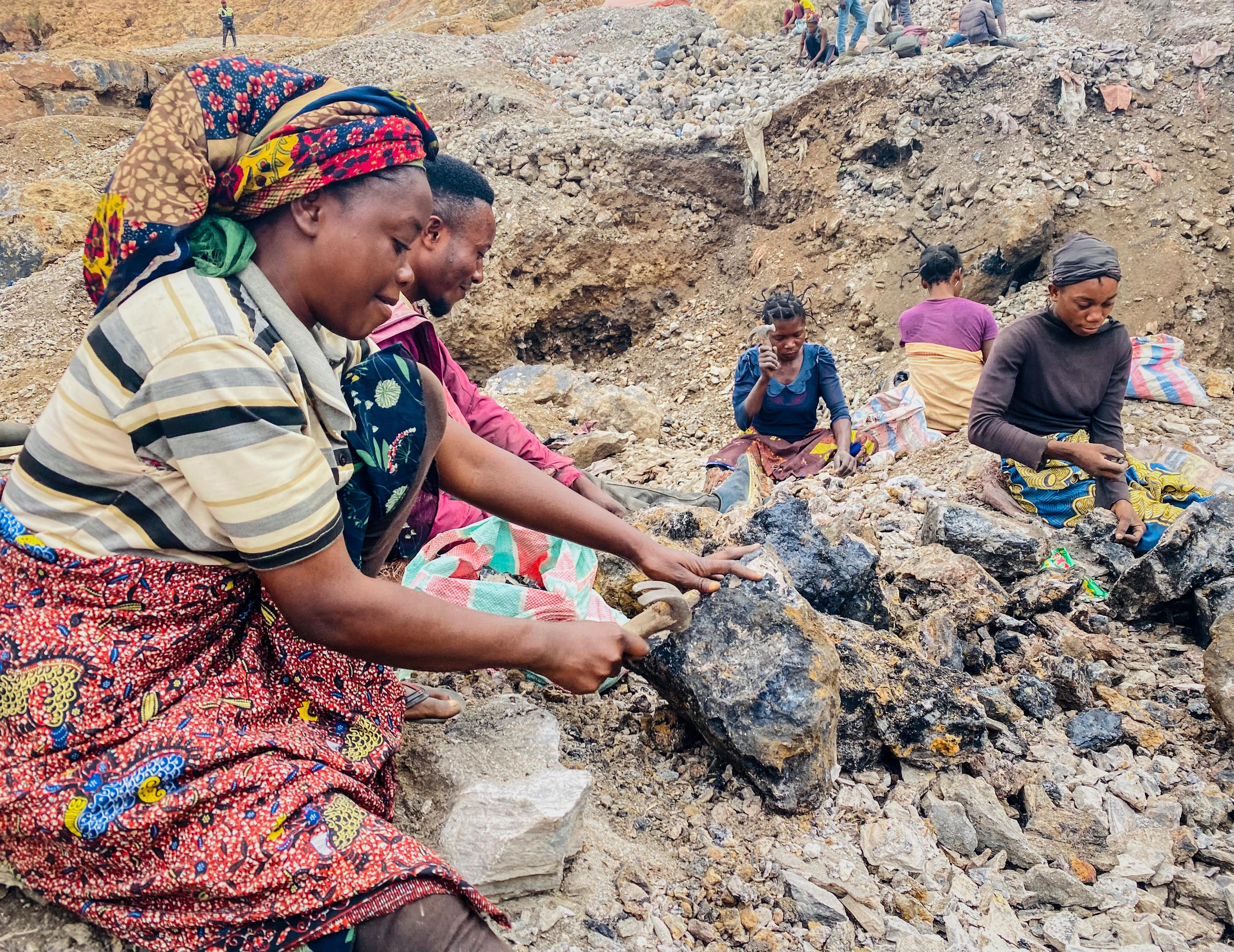
Formalising artisanal mining offers the best shot at ending human rights abuses and child labour in the cobalt supply chain, says a Swiss human rights expert.
Small-scale mines in the Democratic Republic of Congo (DRC) are an integral part of cobalt extraction. This often means sending men – and even children – in flipflops down precarious tunnels to reach the strategic metal considered vital for the world’s green energy transition. Back in Switzerland after an arduous trip to speak with artisanal miners in the African nation, Dorothée Baumann-Pauly is very clear on what needs to change.
The director of the Geneva Center for Business and Human Rights says companies need to include artisanal miners, especially women, in their supply chain rather than exclude them. It’s an approach Swiss commodity trader Trafigura tested with some success. But most companies are moving in the opposite direction: sourcing from industrial mines in a push to keep clean reputations and meet due diligence requirements.
Nonetheless, about 10% of the world’s cobalt originates from small-scale mines in the DRC. “Artisanal small-scale mining (ASM) is a business reality,” Baumann-Pauly tells SWI swissinfo.ch. “Most companies contractually exclude sourcing cobalt from ASM sites, but this does not mean that it’s not part of their supply chain. If you go to [the cobalt-rich city of] Kolwezi in the DRC, you see how many intersections there are between industrial mining and artisanal mining.”
Cobalt is an essential raw material for batteries that power cell phones, computers and electric vehicles. Electric vehicle sales in the key regions of China, the United States and Europe are on the upswing. That trend is mirrored in Switzerland, where one in four new cars purchased in 2022 was either 100% electric or a plug-in hybrid model.
Nine of the world’s largest cobalt mines are in the DRC. The world sources 70% of its cobalt, a by-product of copper or nickel, from this single country. Cobalt extraction can be artisanal or industrial. ASM is carried out manually and provides a lifeline for local communities. Large-scale mining (LSM) uses mechanical extraction methods and is now the go-to approach of large international companies, such as Switzerland-based Glencore.
Reputational risks
In 2021 Google parent company Alphabet, Apple, Dell, Microsoft and Tesla succeeded in dodging a class action claiming the tech giants bear responsibility for the alleged use of child labour in Congo to mine cobalt. But the negative publicity helped cement a preference to source cobalt exclusively from industrial mine sites to avoid reputational risks.
Electric vehicle maker Tesla, for example, turned to Glencore, the world’s largest industrial cobalt producer, to deliver the metal from Katanga, in the southeast of the country. Tesla says it does not source ASM cobalt. As do many other companies hoping to stay in the good graces of consumers and due diligence requirements that are being carved into national laws.
Europe has led the way in imposing mandatory due diligence requirements that are already law in Germany and France, among other European nations. In 2020, Swiss voters struck down a popular constitutional initiative that would have made companies legally liable for wrongdoings abroad. Since then, the Swiss Criminal Code and Swiss Code of Obligations have been modified to introduce general reporting requirements on environmental, social and governance issues for companies with at least 500 employees and a minimum turnover of CHF40 million ($43 million).
“Contractually safeguarding [against ASM cobalt] is how companies continue operating one eye open and one eye closed,” says Baumann-Pauly. “They know they cannot rule it out, but contractually they protect themselves. It’s dishonest.”
Companies cannot rule it out because on the ground the line between artisanal and industrially mined cobalt is blurry at best. In the DRC, large-scale mining sites exist alongside informal or artisanal small-scale mine sites in the red-soil region of Kolwezi and lush Katanga. Mixing can happen on site. Or at the refineries of the DRC and China, where ASM and LSM cobalt are not separated.
Reality check
That’s a landscape Baumann-Pauly knows well. Between December and January, she met representatives of Congolese civil society in Geneva and the DRC, conducted a field visit to mining concessions in the DRC, and participated in closed-door meetings with cobalt industry representatives at the World Economic Forum (WEF) annual gathering in the Swiss resort of Davos. Her goal is to identify solutions to the longstanding human rights issue associated with cobalt extraction in the DRC.
Getting to the cobalt mines of the DRC is no easy task. The trip she conducted in December took six months to prepare. Trafigura assisted with logistics, and she moved forward with the visit despite warnings of a high kidnapping risk. She flew from the DRC’s second-largest city, Lubumbashi, to Kolwezi on a 12-seater plane because that was safer than taking Chinese-built roads. She packed power banks because there was no electricity at the local hotel.
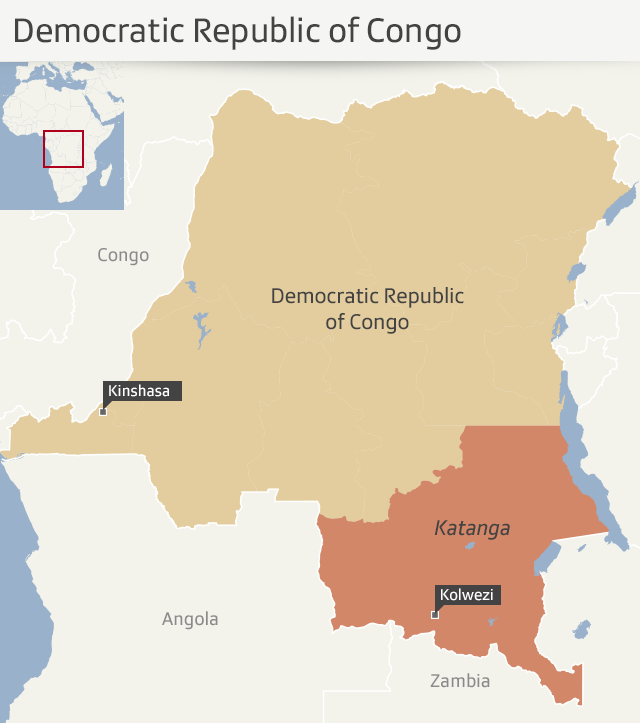
Her mission? To determine what became of the miners who had worked at the Mutoshi concession. In 2018 Trafigura set up a pilot project there to improve working conditions for miners while linking them to the global market. Done in partnership with the mine operator Chemaf, a local mining company, and NGO Pact, a global NGO focused on development, the aim was to help 5,000 informal miners who were working in such grim conditions that fatalities were a weekly occurrence.
“From a research perspective it is a unique setting because the mining community in Mutoshi is very stable,” she says. “You can talk to people who have experienced mining before, during and after formalisation.”
Formalisation meant controlled access to the mine site by the partners involved in the project, open-pit operations, training and higher health and safety standards. Mutoshi, she recalls, was a very orderly site when she last visited in 2019. All the miners were wearing boots, helmets and protective equipment. What she found in December was a totally different landscape: people plunged into desperate poverty – earning barely over $1 per day; not enough for families to school their children.
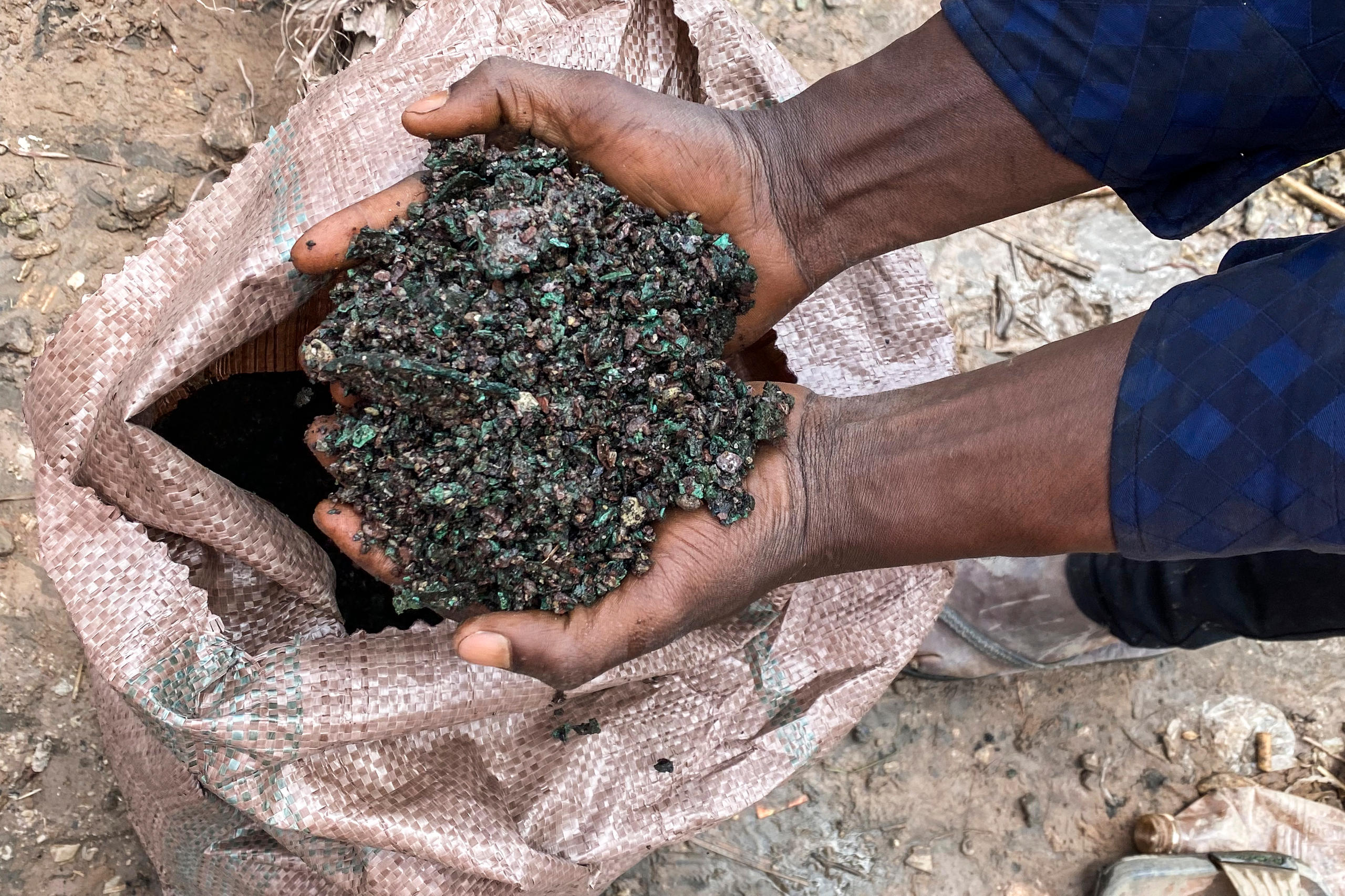
Many miners worked barefoot or wearing flip flops. They no longer had the opportunity to store ore until prices went up to negotiate a better deal with the company that owns the concession. Instead, they now depend on the terms set by a Chinese middleman firm operating illicitly at the concession and selling to larger cobalt processing companies in China, the world’s largest importer of cobalt.
What was once held up as a picture-perfect project came to an abrupt halt at the end of 2020. Mine sites around the world stopped or reduced operations because they were considered a hotspot for the spread of Covid-19.
“With the onset of the Covid pandemic, project partners decided to close down the formalised mine site,” Baumann-Pauly explains. “But closing didn’t mean that mining activities stopped on the site. Within a few days, miners figured out how to enter the site and continue mining. At some point the fence was torn down. Mining continued.”
One of the highlights of her recent journey to Kolwezi was a stop at Café Matinal, a women’s club set up by the cooperative Comiakol that continues to hold weekly meetings. The women recalled the formalisation project, when miners could work in open pits rather than dig tunnels, as the good old days when they could work in safety and make ends meet.
Women are no longer able to mine as much as before. In the absence of mechanical excavators – needed to maintain open-pit operations but too expensive for the local cooperative – dangerous tunnels, some 30 metres deep, are once again the norm. Difficult to breathe in and hard to access, they are used mainly by men. An estimated 300 minors were also working on the site as of December 2022, primarily sorting through the rubble and helping with the transport of cobalt.
“Production has gone down so significantly that even though the price of cobalt is so much higher than in 2019, they earn much less,” Baumann-Pauly says. “They earn too little to send their kids to school.”
Trafigura’s corporate responsibility head, James Nicholson, says the company ended the Mutoshi project with serious regret. He said it seemed the most sensible course of action to avoid Covid outbreaks. To compensate, Trafigura funded other revenue-generating options for the community, including the manufacturing of soap, face masks and hand-washing stations during the pandemic. It also supported the creation of small businesses.
“Nothing was as impactful as the formalisation project that we developed with the DRC government, Chemaf and [NGO] Pact,” he says.
But there are no plans to relaunch the pilot project at Mutoshi. Trafigura, he says, does not currently source artisanal-mined cobalt from the Democratic Republic of Congo. That may change in the future as it has entered a commercial agreement with Entreprise Générale du Cobalt (EGC), a monopolistic state-owned company launched in 2020 with the right to market all cobalt that is not industrially mined.
Like Baumann-Pauly, Nicholson believes artisanal mining is a major part of the cobalt supply chain that is not going to go away. What helped the Mutoshi project succeed was the presence of the market. International buyers, big brands and electronic companies were willing to source cobalt from the project because it was associated with a social beneficial impact, he says.
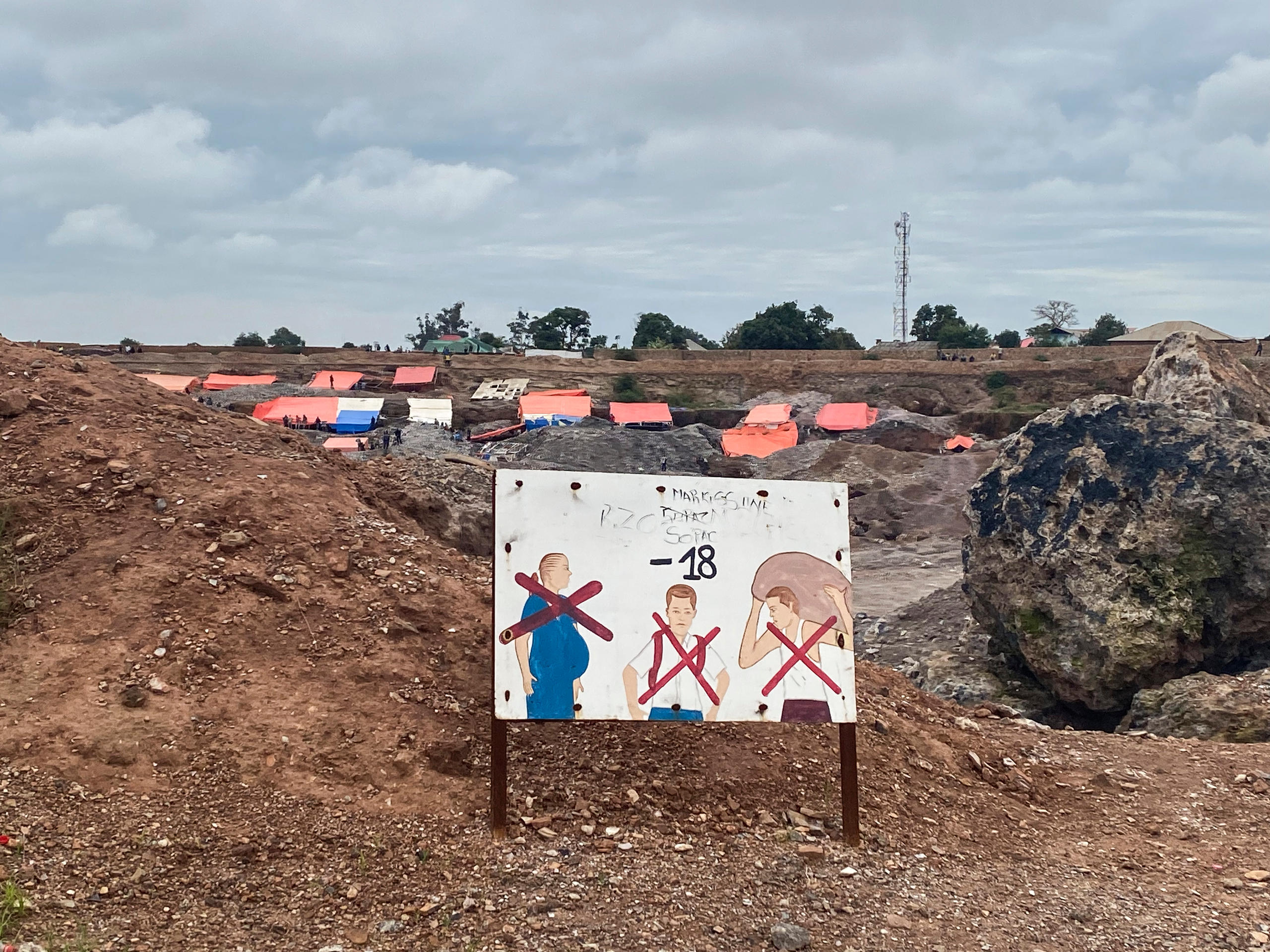
The future of formalisation
The livelihoods of millions of people depend on cobalt exploitation in the DRC. The province of Lualaba, where the Mutoshi concession is located, is home to about 200,000 of the country’s estimated 500,000 artisanal miners. The typical nuclear family in the DRC consists of five to seven people. And income earners often support members of the extended family too.
Luc Assosa, programme director for the NGO Pact in the DRC, says people are dying again. There have been at least seven fatalities since the project ended. “Miners are working with fear gripping their stomachs,” he says. “At any moment there can be a collapse [of mine tunnels].”
Responsibility for organising the mining sector falls on the DRC government. But international companies and NGOs have a role to play in improving conditions. “We need to support activities that lead to formalisation so that it is a win-win across the supply chain,” Assosa says. “Otherwise, people are abandoned to work in terrible conditions of modern-day slavery. The laissez-faire model has resulted in exploitation.”
Baumann-Pauly shares that view and wants to steer the cobalt industry towards what she considers viable solutions. Late into the night, she types out the lessons learnt from the Mutoshi pilot project and recommendations to ensure that human rights are respected External linkin all cobalt mining operations in the DRC.
While she faults Trafigura for not having a proper exit plan in relation to the Mutoshi project, she does not consider the project a failure. She believes it offers a model to be copied and scaled.
“Formalisation worked,” she says. “There is a legacy from formalisation – the miners want the boots back. They want the women on site. All these things are now ingrained.”
Edited by Virginie Mangin

In compliance with the JTI standards
More: SWI swissinfo.ch certified by the Journalism Trust Initiative


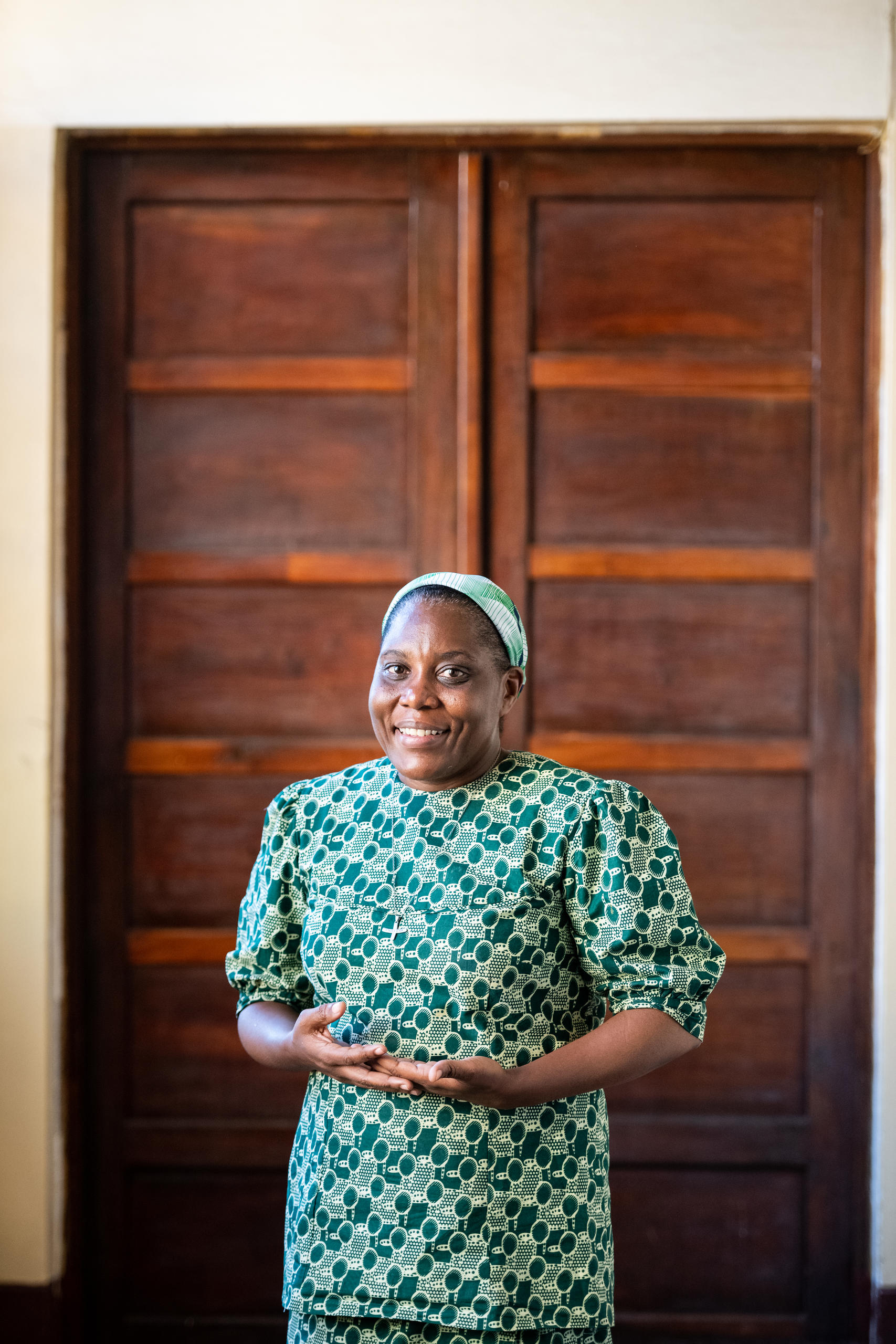
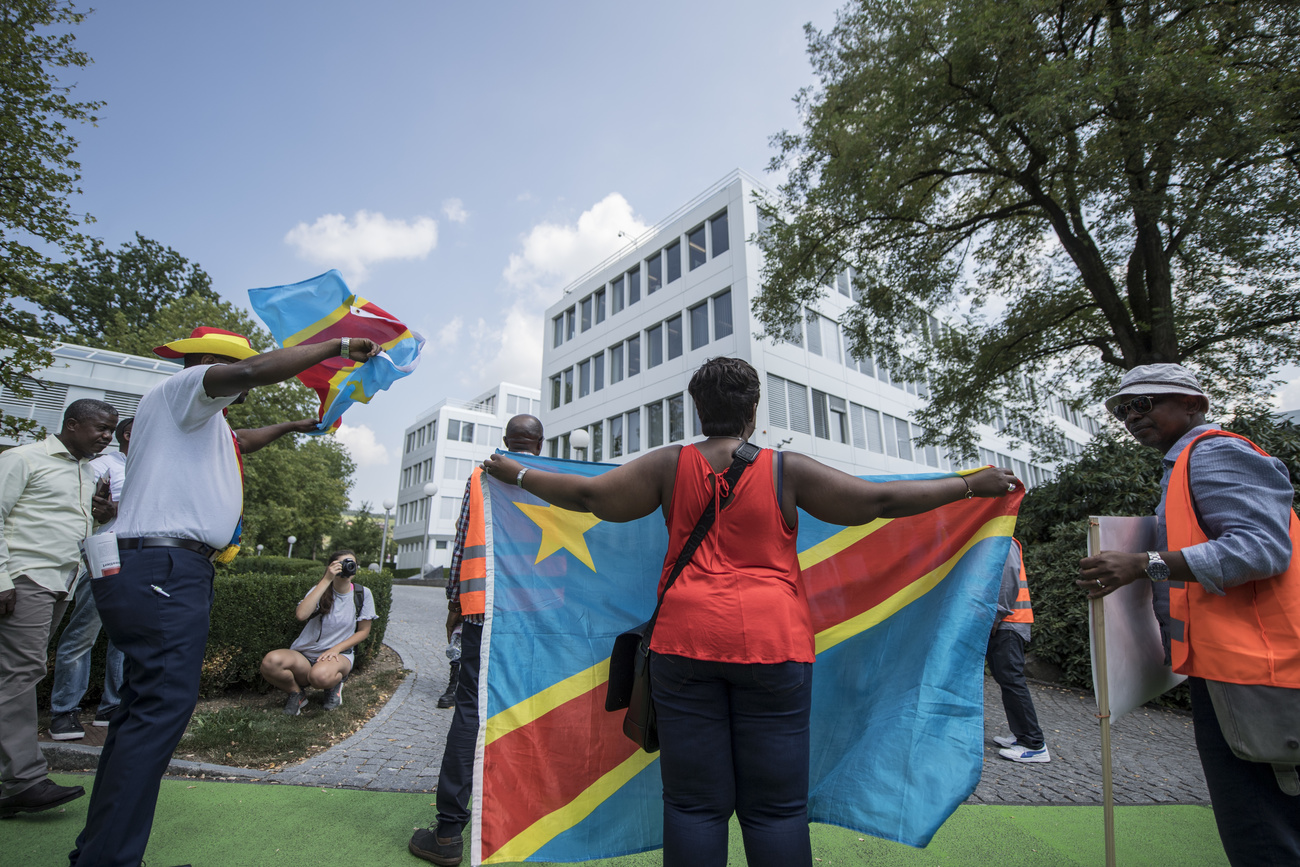
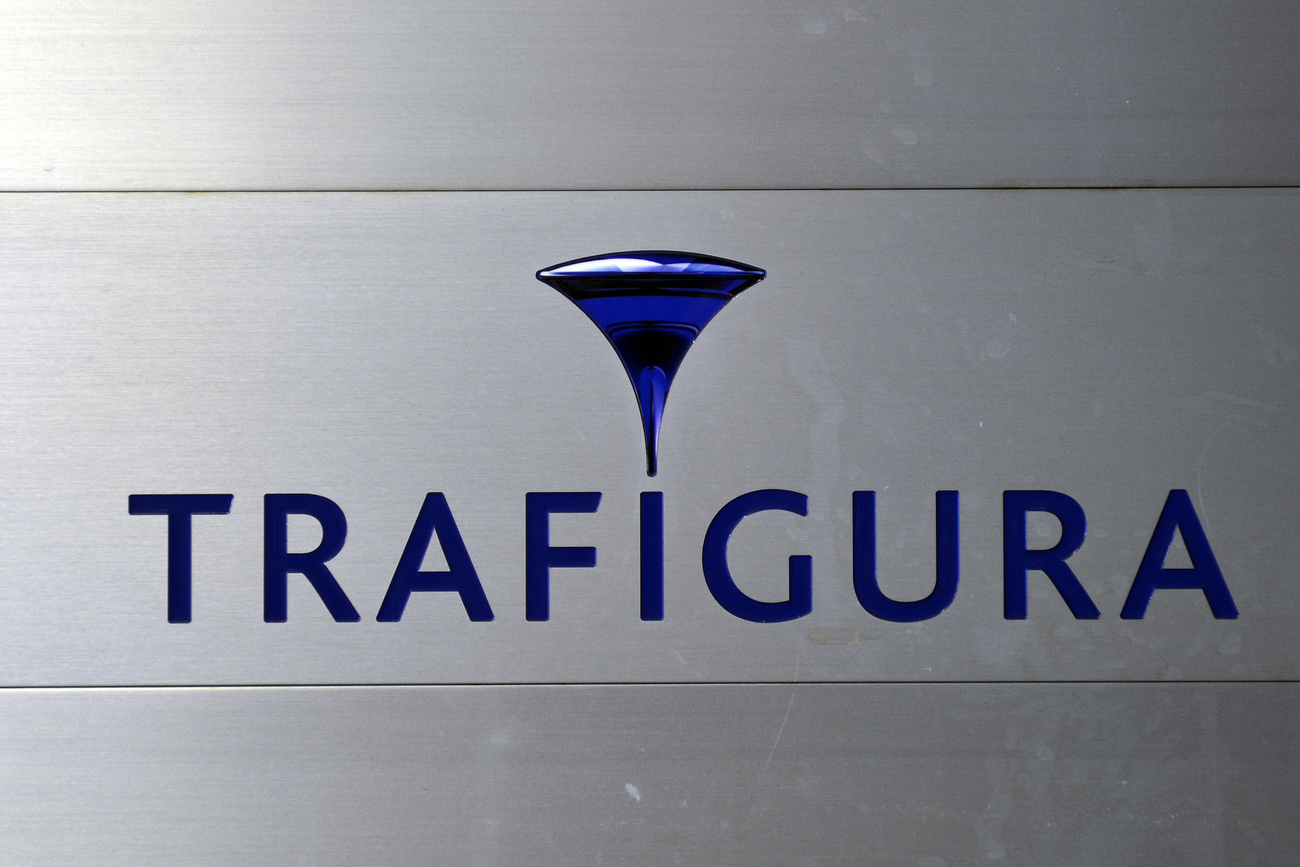
You can find an overview of ongoing debates with our journalists here. Please join us!
If you want to start a conversation about a topic raised in this article or want to report factual errors, email us at english@swissinfo.ch.